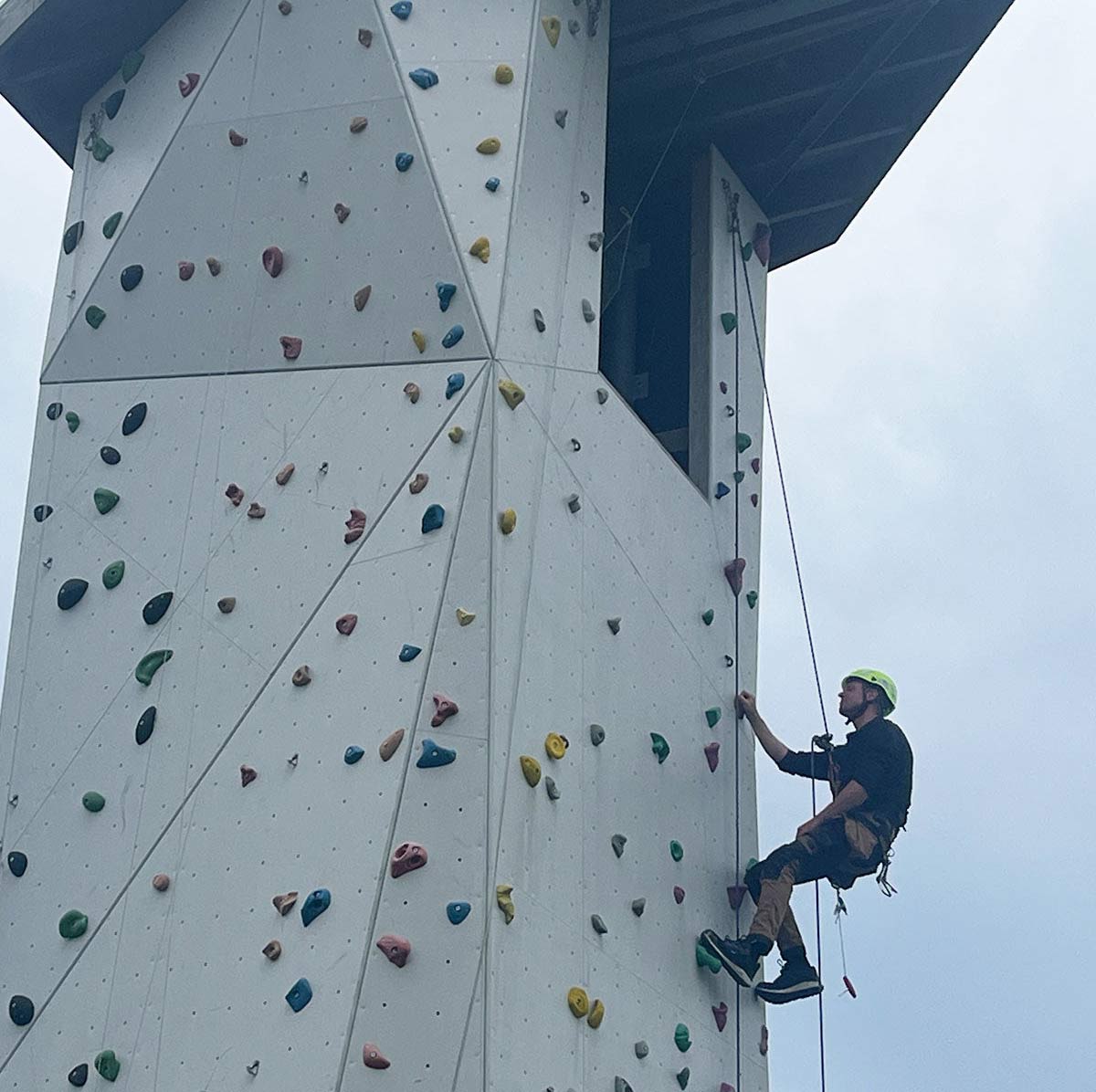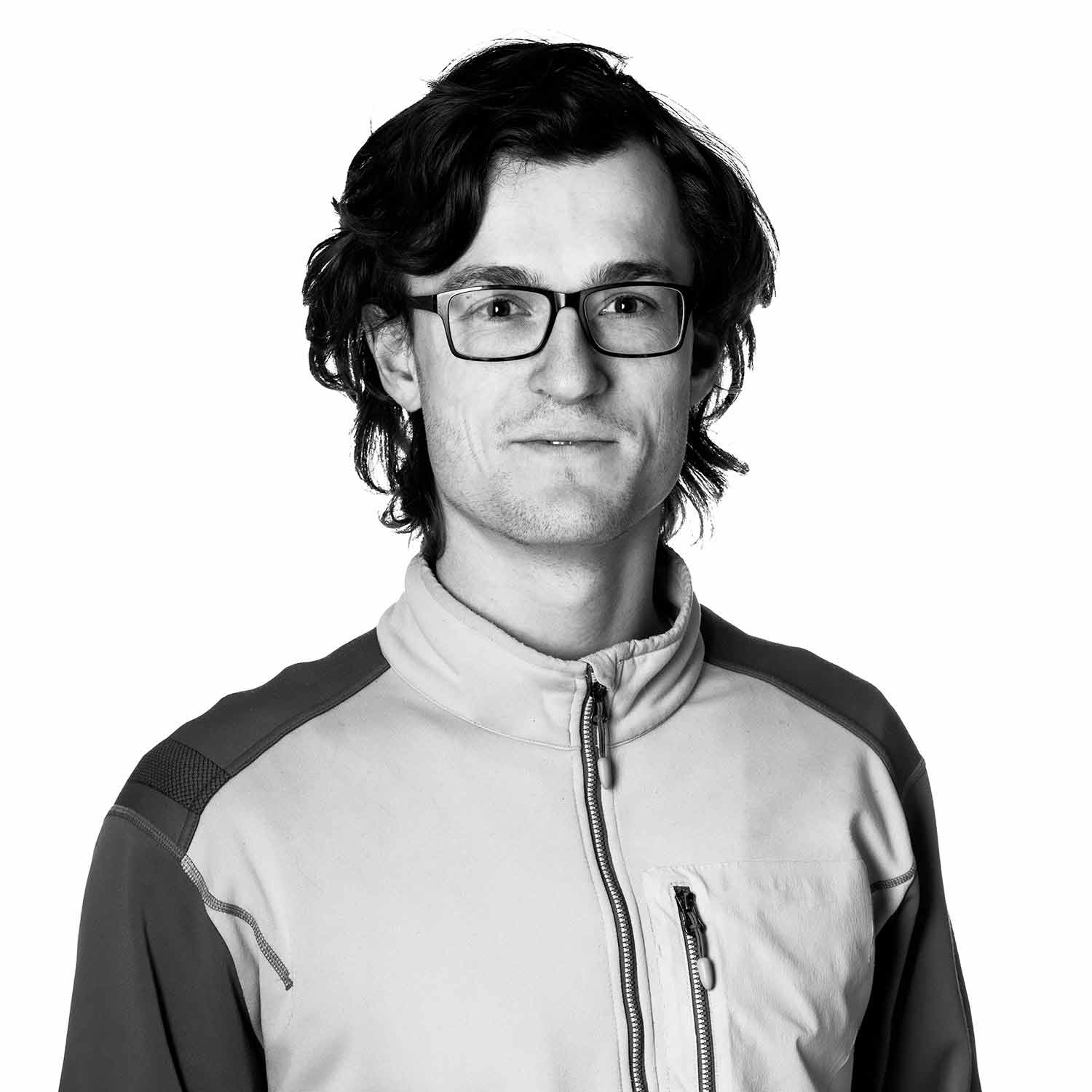Climbing has evolved throughout the years, from being an alpine necessity to an actual athletic sport. It developed sub-disciplines that people can choose from, may they be professional athletes or an average Joe. Some types are more dangerous and challenging than others (who in their right minds would climb solo 20-40 meters from the ground with no protection at all). Don’t fret, you can still enjoy the sport by going to climbing gyms and exploring beginner crags and walls. But if you’ve tried climbing in whatever form it might be and want to explore its vast world, check out these types to give yourself a challenge.
Aid Climbing
This is the most "original" way of climbing. Use any means necessary to get to the top. Aid climbing, simply put, is a style of climbing where mechanical devices are used when free climbing is no longer an option. Extremely steep walls can be demanding to climb and long routes can be mentally exhausting, so special ladder-like equipment called aiders are used to make the ascent or descent. This type of climbing used to be very popular some time ago as the easiest way to reach the top of the route or a mountain. These days, it is less and less used as the skill and popularity of free climbing rapidly increased. Aid climbing still has a very important role in any big alpine climbing adventures as well as in the mountaineering.
Aid climbing may not seem that physically demanding, but don’t underestimate climbers who practice this type. Generally, aid climbers have a better eye for placing equipment, since you’re placing more gear on the wall, compared to a traditional and sport climbing. There is a lot of skill involved in this and for certain climbs and places, it is the only way forward.
Free Climbing
The holy grail of climbing. You use only your body and skill to move upwards. Placing gear serves only as a protection in case of a fall and it is never used for the movement itself. It was progressively developed since the 1970s and as of today, for most climbing, it is considered at the proper way to do it.
Variations in free climbing:
Redpoint (RP) - climbing the entire route without any fall, using gear only for clipping. While climbing, you place the gear yourself (quickdraws or more). The type of climbing was developed in Germany in Frankenjura in the 1970s and then spread all over the world as the cleanest way of climbing.
Pinkpoint (PP) - same as redpoint, the only difference is that the gear is pre-placed in the climb, so you only must clip the rope in. This technique is used for all the hardest of climbs as it is very hard to place and take out gear from big overhangs and roofs. This way, it comes down to the movement itself only.
All free (AF) - you execute all the moves in the route but at least once, you use a piece of gear for a rest.
On-sight (OS) - climbing an entire route on a first try with no falls (RP or PP) and without any previous knowledge of the beta or the holds. This is the hardest possible way of climbing a route.
Flash - climbing an entire route on a first try with no falls (RP or PP) but with a knowledge of moves and holds. Your friends can tell you exactly what to do or you can watch a video. But still, there is no second try.
Traditional Climbing aka "Trad"
Traditional climbing involves carrying and placing protection aka "pro", rather than clipping quickdraws into preplaced bolts. This type of climbing was considered the “traditional” type of climbing since sport climbing only started recently (the 1980s). Ethically, trad climbing preserves the natural environment of the rock since there is little or no trace of use post-climbing as there are no pre-drilled bolts.
What you develop: Trad climbers have excellent route-finding skills since you climb without the guidance of preplaced gear. Adequate knowledge of using and creating anchors is important to maintain safety, so your equipment know-how will significantly develop as well.
Sports climbing
Sport Climbing is the type where all protection and anchor points are installed already pre-climb. All you must do is clip a rope in quickdraws and keep on climbing. Since less equipment and technical skills are required, this type emphasizes the physical aspect of the climbing. Sport climbing is about the pure movement with the feeling of exposure as you get higher on the wall.
What you develop: since your mental stress level is significantly lower, your strength, endurance, and technique take center stage. You get to enjoy the thrill of routes that are graded on difficulty. Climbers tend to climb "easy" walls 3-5x in a row to gain endurance, while others climb the "hard" walls to train their technique and power.
Bouldering
Bouldering might be the purest form of climbing. It's climbing done on small rock formations or artificial ones called boulders, without the use of any equipment. Climbers simply depend on their climbing shoes and chalk only. The whole climb in very short, ranging from 4-10 moves. Therefore, the moves tend to be of higher difficulty, as you need to do so few. Boulders are usually at most 3-5 meters high, but it can still result in injuries, so bouldering mats are placed as padding under the climb for safety purposes.
What you develop: bouldering is practiced by solving "problems". The technique is developed a lot as there are many ways to solve a given problem, statically or dynamically. The grip strength and power are improved as well since smaller and worse holds are often used.
Free Solo Climbing
Free solo climbing is climbing taken to the extreme. Free solo climbers climb above safe heights without using any ropes, harness, or any other protective equipment. A fall will surely cause serious injury or death.
Note: Free solo climbers are trained and well-seasoned climbers, so beginners and the faint-hearted are not recommended to try this form of climbing. Many have died soloing, but ultimately no one can withhold the fact that free climbing is liberating, and no thrill can match finishing a wall using just sheer skill without any backups. Don't try. Ever.
Deep Water Solo Climbing
Deep-Water Soloing is a type of solo rock climbing that has protection, that protection being the water body at the base of the climb. It could be a sea, a river, or a reservoir. Routes are generally graded at a higher difficulty as their mental factor comes into play.
Note: Though the water is considered as the protection, the fall can still cause injuries: the descent can knock-out climbers, falling from high wrongly can break bones, etc. as the water gets harder. Before attempting this, check carefully the landing zone for the rock being to close to the surface, etc.
Other types of climbing
- Alpine Climbing: Multi-pitch climbing in the mountains that includes an approach, alpine environment, and usually trad climbing. Climbs are done within 1 day. It originated in the Alps
- Competition Climbing: Indoor climbing only, whether sport or speed climbing or bouldering
- Mixed Climbing: A style of climbing, where you use not only your body but also axes and crampons
- Speed Climbing: An easier route where it only matters of how fast you climb. Not a very popular way of climbing as for competitions, the route never changes
- Top Rope Climbing: A rope is already placed at the top of the climb and all you have to do is follow it. This is way easier mentally as no falls can happen
Endnote
Everyone has varying preferences, and they may prefer a certain climbing type over the others. This does not mean that one form of climbing is better than the other, but rather than some enhance certain skills more than the others. Try exposing yourself to many of them and see where it goes and what you like.








